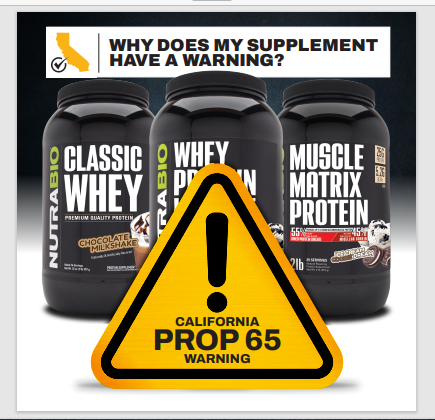Actigin is a dietary supplement that has gained popularity for its potential benefits on endurance and exercise performance. It is a proprietary blend of natural compounds derived from ginseng and other plants that have been shown to improve endurance and reduce fatigue. Here is what you need to know about this popular supplement:
What is Actigin?
Actigin is a proprietary blend of natural compounds derived from ginseng and other plants. It is designed to improve endurance and reduce fatigue, making it a popular supplement among athletes and fitness enthusiasts.
Benefits of Actigin
- Improved Endurance: Actigin has been found to improve endurance by increasing the body's ability to use oxygen during exercise and reducing the accumulation of lactic acid in the muscles.
- Reduced Fatigue: Actigin has been found to reduce fatigue by increasing the production of ATP, the body's primary energy source, and reducing the production of cortisol, a hormone that is associated with stress and fatigue.
- Improved Recovery: Actigin has been found to improve recovery by reducing inflammation in the muscles and promoting the repair of muscle tissue.
How to Use Actigin
Actigin is available in a variety of forms, including capsules and powder. It is typically taken orally, either on its own or as an ingredient in a pre-workout or endurance supplement. It is important to follow the recommended dosage guidelines for your specific supplement, as dosage can vary depending on the form and concentration of the supplement.
Side Effects and Precautions
Actigin is generally considered safe when taken as directed. However, like any supplement, it can cause side effects in some individuals. The most common side effects include digestive upset, headaches, and allergic reactions in those with allergies to the plants in the blend. It is important to talk to your doctor before taking Actigin, especially if you have a medical condition or are taking medications.
Conclusion
Actigin is a proprietary blend of natural compounds derived from ginseng and other plants that has gained popularity for its potential benefits on endurance and exercise performance. It has been found to improve endurance, reduce fatigue, and improve recovery. While it is generally safe when taken as directed, it is important to talk to your doctor before taking Actigin, especially if you have a medical condition or are taking medications.


